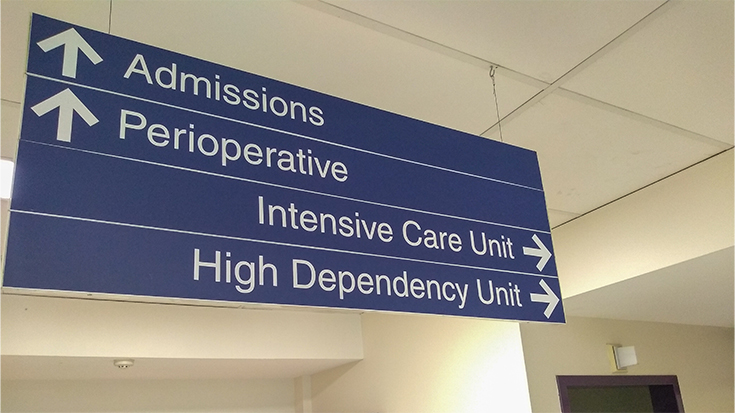
Improving quality of life for your patients—particularly those working to manage their COPD—remains a top priority for respiratory therapists. Helping your patients stay strong, healthy, and knowledgeable to manage their symptoms, thereby avoiding the hospital, helps strengthen their quality of life. Julie Smith, MHA, RRT, manager of respiratory care and ECLS services at Unity Point Health-St. Luke’s Hospital in Iowa, shares her tips for reducing readmissions.
They trust us
“RTs can have impactful influence with our COPD patient population ultimately helping reduce COPD Readmissions,” Smith said. “We see these patients several times a day in the hospital and end up building great relationships with most of them.”
Spending time with your patients means you seeing them as individuals. You know your patients’ names. You recognize them when they come to the emergency department—even before they have been admitted, Smith explained.
“They will often be very grateful to see our faces as well because they know that we are going to help them breathe better,” Smith said. “They trust us and know that we have their best interest at heart.”
Use teachable moments
When we are doing therapies with your patients, Smith encourages RTs to take the time to look for those teachable moments. Help your patients understand that they need to adhere to their medication regimen and most importantly use proper inhaler technique.
“It doesn’t always have to be a 20- to 30-minute education session with the patient,” Smith said. “Sometimes it might be that one statement that you say that sticks with that patient.”
Help your patients act
According to Smith, your COPD patients should have an Action Plan and learn how to recognize signs and symptoms for when they need to call their physician.
“We should be asking them if they know what those signs and symptoms are,” Smith said. “Getting their physician involved early when an exacerbation may be coming on, can be very helpful for keeping that patient out of the hospital.”
She also recommends your patients take part in a pulmonary rehabilitation program.
At the facility where Smith works, they also offer a support group for their patients. They engage in a variety of different topics discussed by a physician or respiratory therapist. This group meets about seven times per year and topics include palliative care, smoking cessation, COPD, and home respiratory equipment.
“Patients love this kind of interaction and they usually have several questions,” Smith said. “Respiratory therapists can play a vital role in the care and education that our COPD patients receive.”
Looking for more?
November is National COPD Awareness Month, and a great opportunity to help educate your patients about COPD. Check out your valuable AARC COPD resources and tips.
As the AARC Congress 2019 opening keynote speaker, Veteran Journalist Ted Koppel took a moment to share with AARC members a new COPD video, “It’s COPD, Dammit!” The goal of the video is to raise awareness of the need for COPD research funding. Watch the video.
Email newsroom@aarc.org with questions or comments, we’d love to hear from you.














